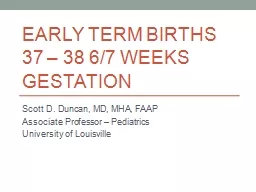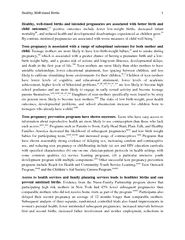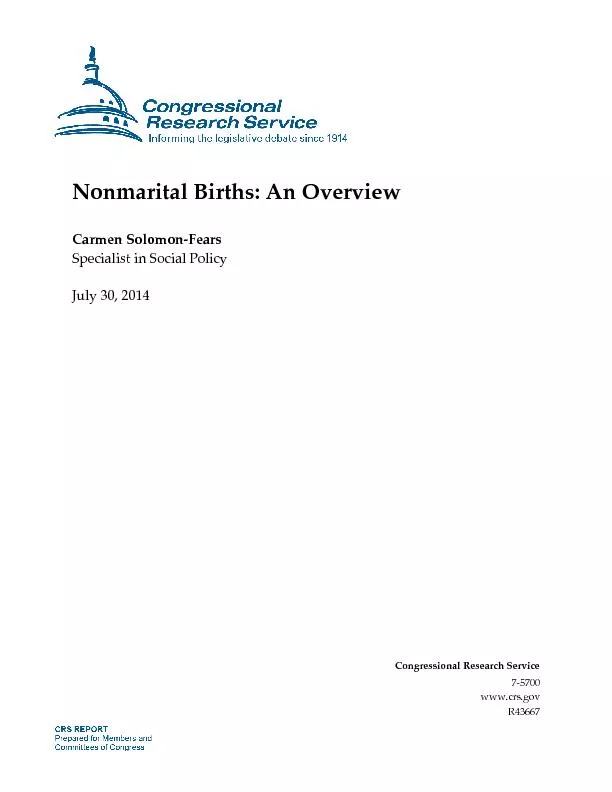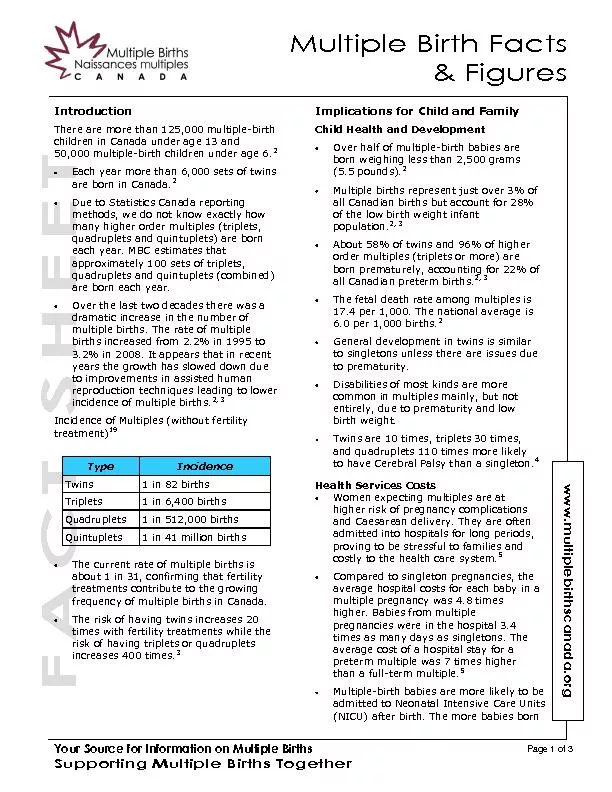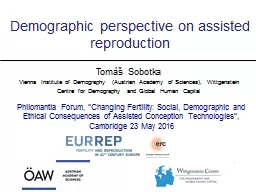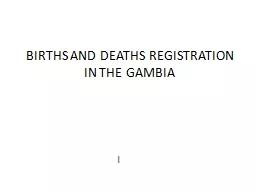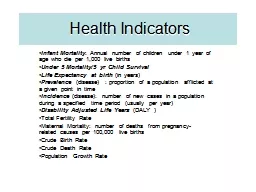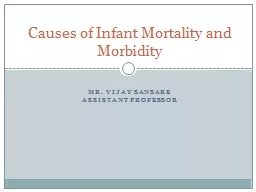PPT-Early Term Births
Author : mitsue-stanley | Published Date : 2016-04-27
37 38 67 weeks Gestation Scott D Duncan MD MHA FAAP Associate Professor Pediatrics University of Louisville Changing Gestation of Spontaneous Birth Davidoff et
Presentation Embed Code
Download Presentation
Download Presentation The PPT/PDF document "Early Term Births" is the property of its rightful owner. Permission is granted to download and print the materials on this website for personal, non-commercial use only, and to display it on your personal computer provided you do not modify the materials and that you retain all copyright notices contained in the materials. By downloading content from our website, you accept the terms of this agreement.
Early Term Births: Transcript
Download Rules Of Document
"Early Term Births"The content belongs to its owner. You may download and print it for personal use, without modification, and keep all copyright notices. By downloading, you agree to these terms.
Related Documents

